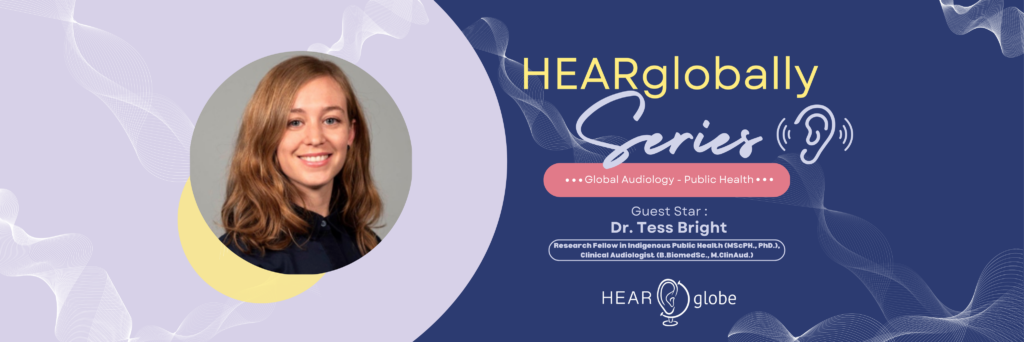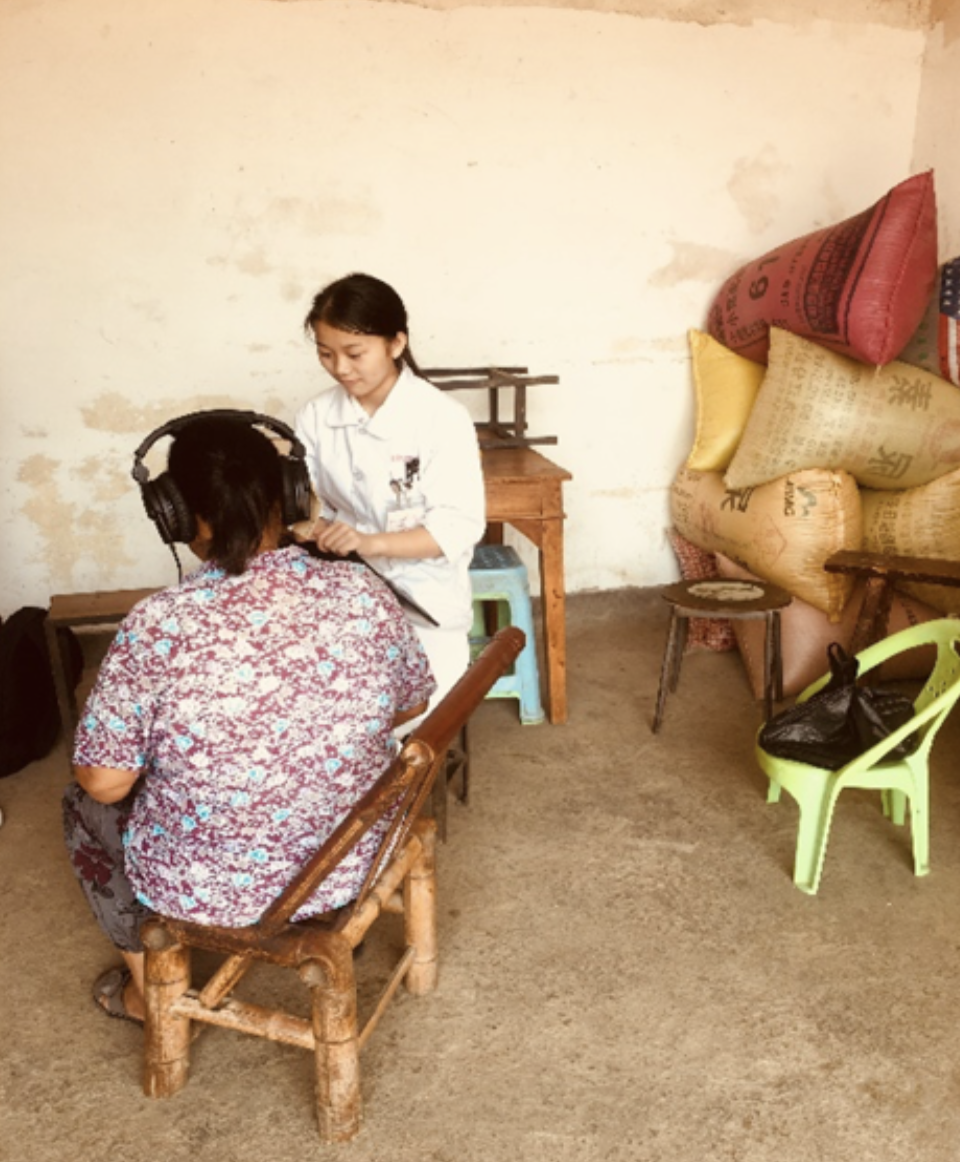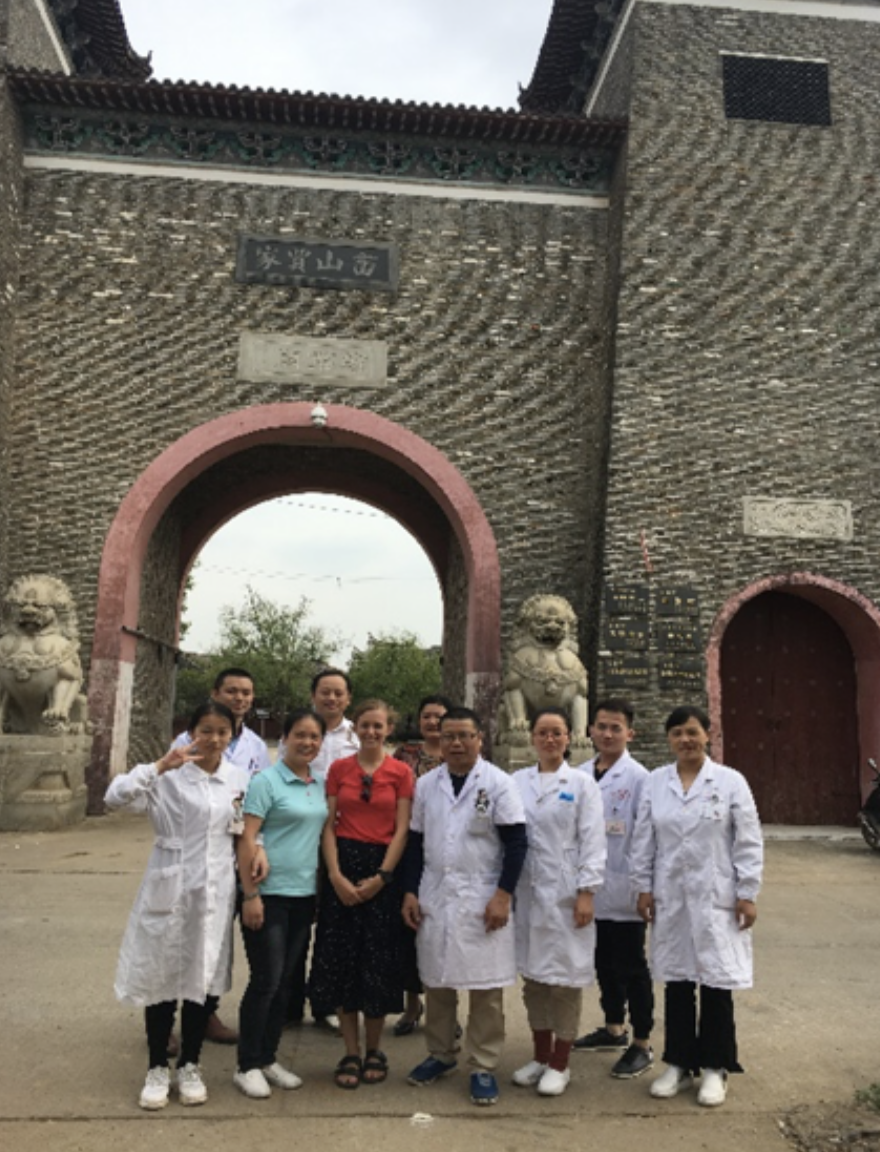
For the second interview in our series on hearing healthcare around the world, we had the pleasure of interviewing Dr Tess Bright. Tess is a Research Fellow at the Indigenous Health Equity Unit at the Melbourne School of Population and Global Health. She started her career as audiologist before moving over into public health.
Interviewer: Why did you decide to become an audiologist?
Tess: When I was coming to the end of my Biomedical Science degree, I was working in research on a clinical trial but wasn’t thrilled with the possibility of becoming a researcher. It’s funny saying that now because that’s where I have ended up.
I knew I really wanted to have that interaction with people and to really help them. So, when I came across an audiology flyer at the end of year seminar, I started really considering this path. I did some work experience at a few clinics around Melbourne and found it really interesting, so I decided to pursue my Master’s in Audiology.
What inspired you to go into public health research?
I had the opportunity to take part in a program called Australian Youth Ambassadors for Development to do health worker training in Vietnam. I was posted in Hue City for 12 months where I spent time training nurses and even academics on how to perform hearing tests and rehabilitation.
During the time I was there, I was seeing a lot of two-year-olds whose mothers reported a “fever and rash” during pregnancy. These children weren’t speaking and it turned out that they had profound hearing losses. Through some more inquires I found out there was a rubella outbreak in Northern Vietnam 2 years earlier.
This was so eye opening as a privileged Australian who had always taken their vaccines for granted. This was what really inspired me to go into public health and learn more about prevention and what can be done to help improve access to health care, hearing healthcare and vaccinations more specifically.
What has been your particular research focus?
I did my PhD over in London at the London School of Hygiene and Tropical Medicine. I focused on developing a survey methodology to measure hearing loss in population-based surveys with a focus on understanding prevalence and the causes of hearing loss, particularly in low-middle income countries.
So, I planned and conducted three surveys in Malawi, China, and Gambia to test the survey methodology and also contribute to the data availability as there hadn’t been surveys done in those countries before. This was kind of the first data available to be able to look at what the main problems facing that population were.


Pictures of the survey in China: Left, trained medical student carrying out hearing test using hearTest; Right: survey data collection team.
I worked closely with a World Health Organization Expert Group to shape the methodology, get heaps of expert input and to incorporate the findings into a WHO tool. So the research I did was actually able to translate into policy and practice, not just research for the sake of research.
Now I work at the Melbourne School of Population and Global Health in the Indigenous Health Equity Unit led by Professor Cath Chamberlain. We’re working on a couple of big projects called “Healing the Past by Nurturing the Future” and “Replanting the Birthing Trees”. These projects are community-based, which have involved many years of co-design working with communities and service providers to shape the work. They aim to develop and test perinatal awareness, recognition, assessment and support strategies for Aboriginal and Torres Strait Islander parents experiencing complex trauma.
This has been a really different direction of research for me given my background as an audiologist, but the work is so important and I’m really happy to be working with this amazing team.
Here is the link with more on Tess’s research:
What does a normal day look like in the research field?
It’s quite diverse. I attend and chair a lot of meetings with the project team and key community partners. Working in the space of Aboriginal public health, it’s really important to work collaboratively and to get input on the research at every stage.
I also get involved in project management to make sure we are meeting our milestones. I get to also be involved in a lot of the research side of things like collecting and analysing data, doing a lot of writing and reading literature and thinking about future directions for research.
What innovation or change in hearing healthcare would you like to see and why?
To improve access to services for the people most in need. There is always a disparity in access for those with the highest need like in lower-middle income countries or remote communities in Australia that have the poorest access. So making sure that there’s a health provider nearby to those communities, even a primary health worker or an Aboriginal health worker who can conduct some basic screening tests so people don’t have to travel days to get to a hospital that has any kind of service.




